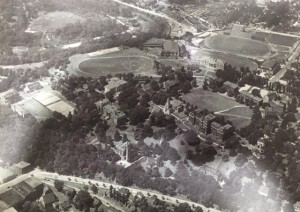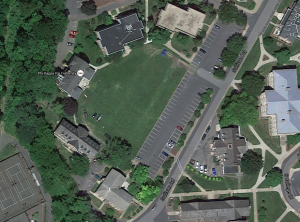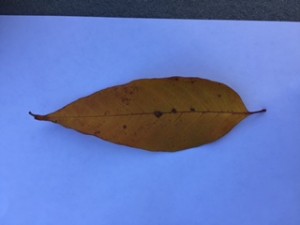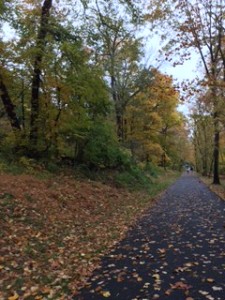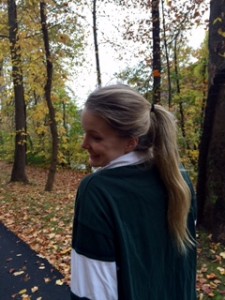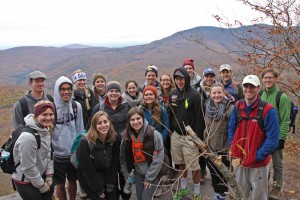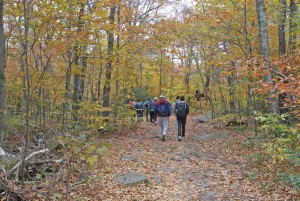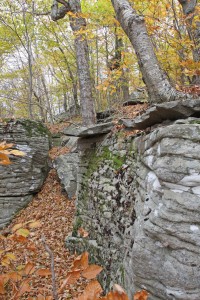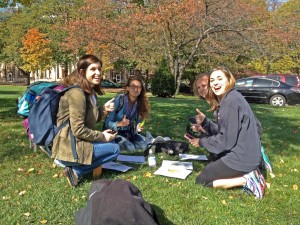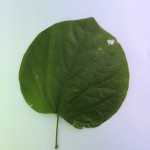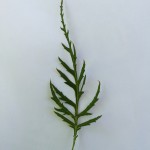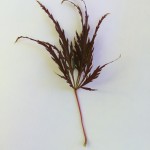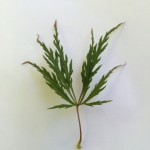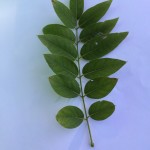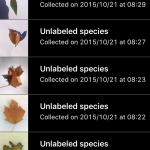6:12 AM: Alarm goes off, eat my cheerios, regret signing up for this class and going to bed a little too late the night before.
6:59: Fall asleep on Tessa.
10:37: Arrival, cold.
10:38: Start hiking, too many layers on, hot.
10:48: See cute puppy, lots of cute puppies, and lots of people attached to them.
11:05: Elevation getting steeper, regretting my many layers and running out of places to fit them into my backpack.
11:31: nearing the top, can feel it getting colder and elevation getting less steep, less vegetation, more rocky and trees have fewer leaves still attached to them.
11:37: Arrival at vista, very beautiful overlook. Cold again because we aren’t moving
I think people very easily forget why we hike and do things in the outdoors. Yesterday, Professor Smith talked about how we constantly have to explain why we do the things we do and why they have value. The class seemed to be rather stumped by this question, mostly because he was preaching to the choir. I know when I looked out over that edge, besides being completely freaked out of people falling off of it, I didn’t appreciate it simply because it was beautiful. I appreciate nature and scenes like it because it reminds me of how small I am compared to the world around me.
This idea of being small reminds us to be conscious of the impact we have on the world. By thinking small, we minimize our footprint, be careful not to take more than you need from the world around us. Sometimes we are so obsessed with reaching the peak of the social ladder, that we forget what it takes to get there. The impact we are making on our community and the people in our lives, as well the resources around us. It’s important to take a step back and appreciate, take time to minimize your impact on the world and make sure you are always working towards the greater good.
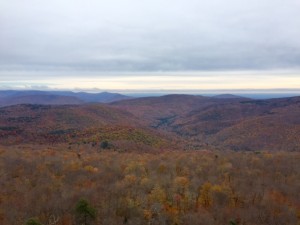
12:01: I am very hungry; eat my food, really cold now.
12:15: Finally we keep moving, got to keep the blood flowing
1:12: We turn around, conscious of the time we do not reach the top. Instead we have a teaching moment and students are able to reflect on the journey.
1:20: back down, slippery back down because of the leaves, much more cautious.
2:16: sites look familiar, walking back down we pass some people who are just starting up which seems to be rather late in the day.
2:37: Arrive back at vans, ready for a nap, cold again.
3:12: promise of food, spirit rises after an exhaustive experience.
4:02: FOOD
4:48: Back on the road, heading back to school, fall asleep on Tessa.

